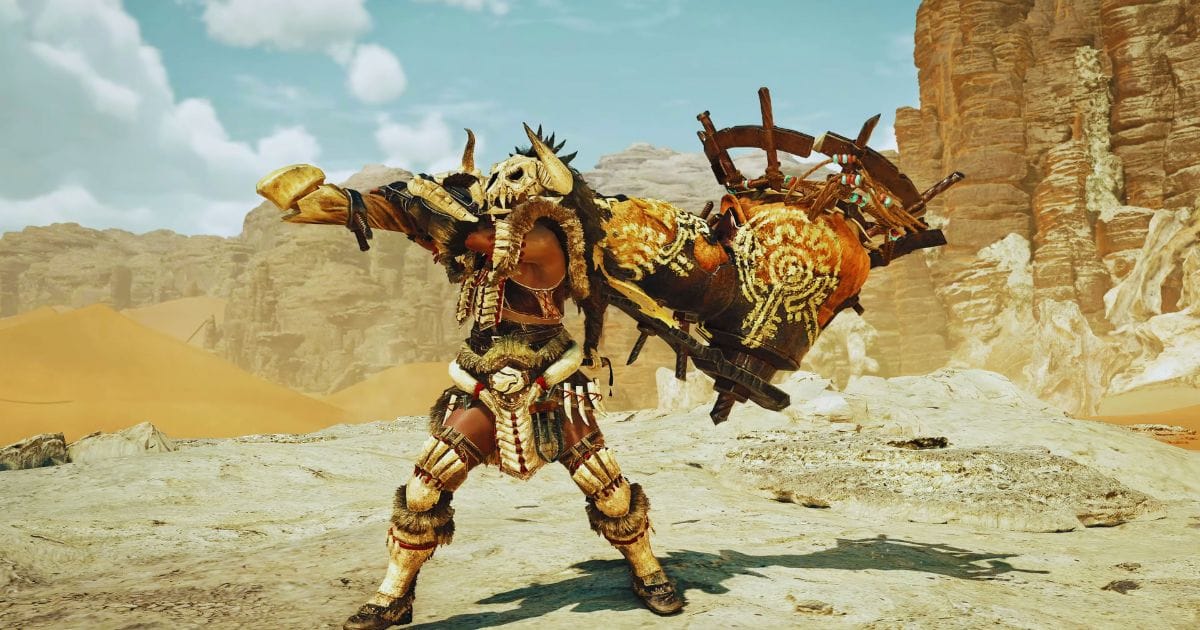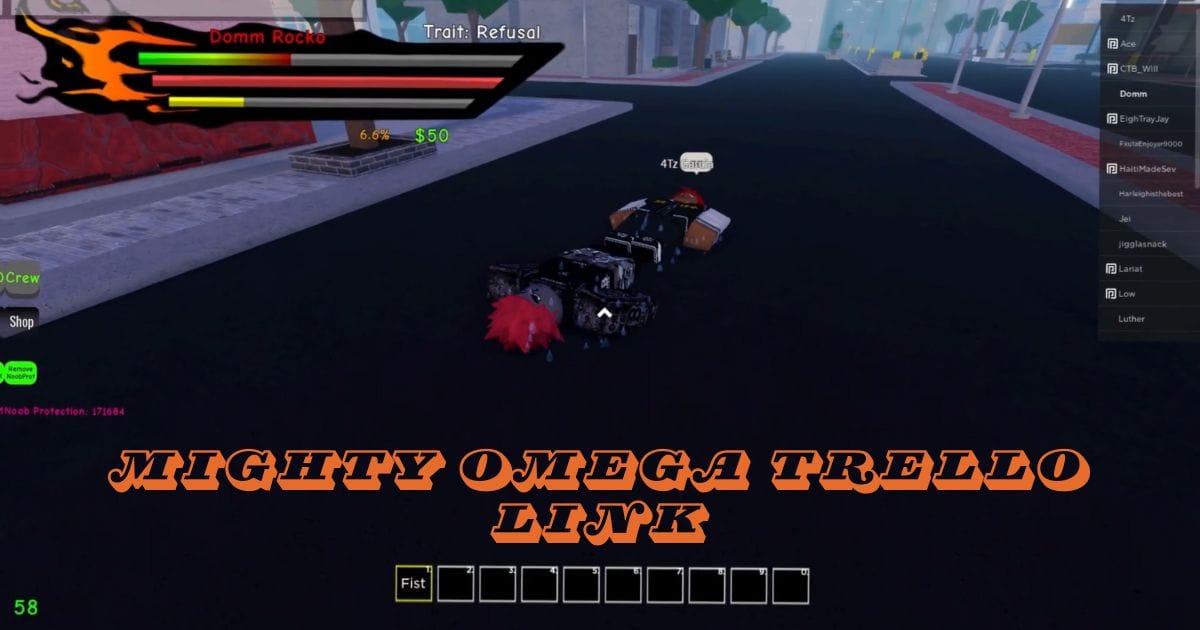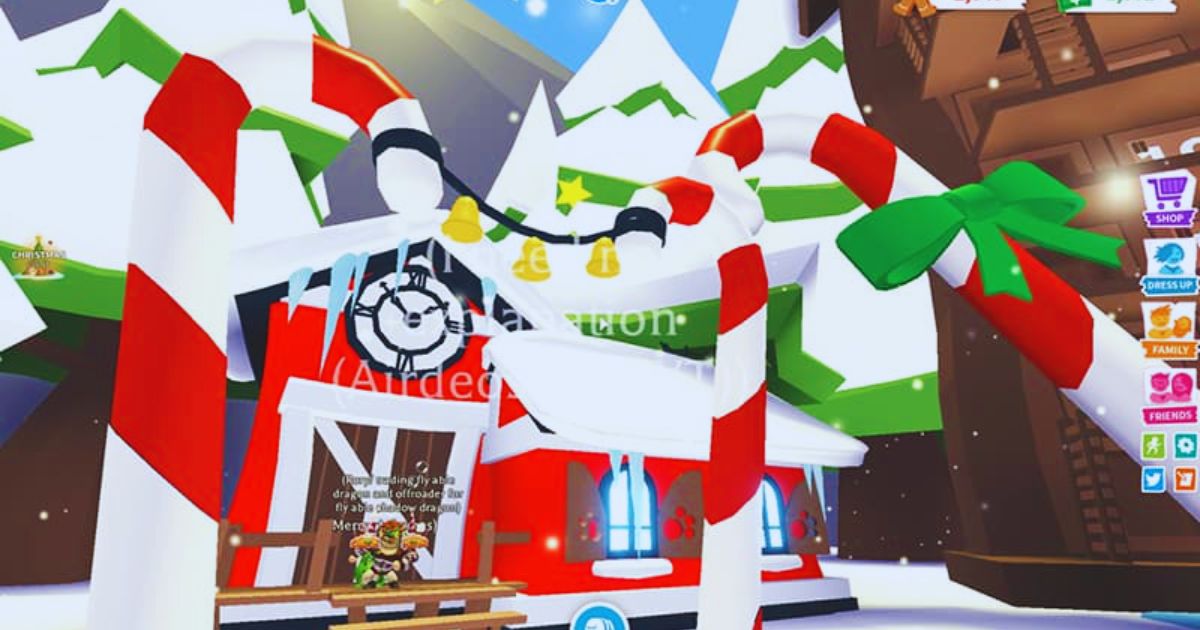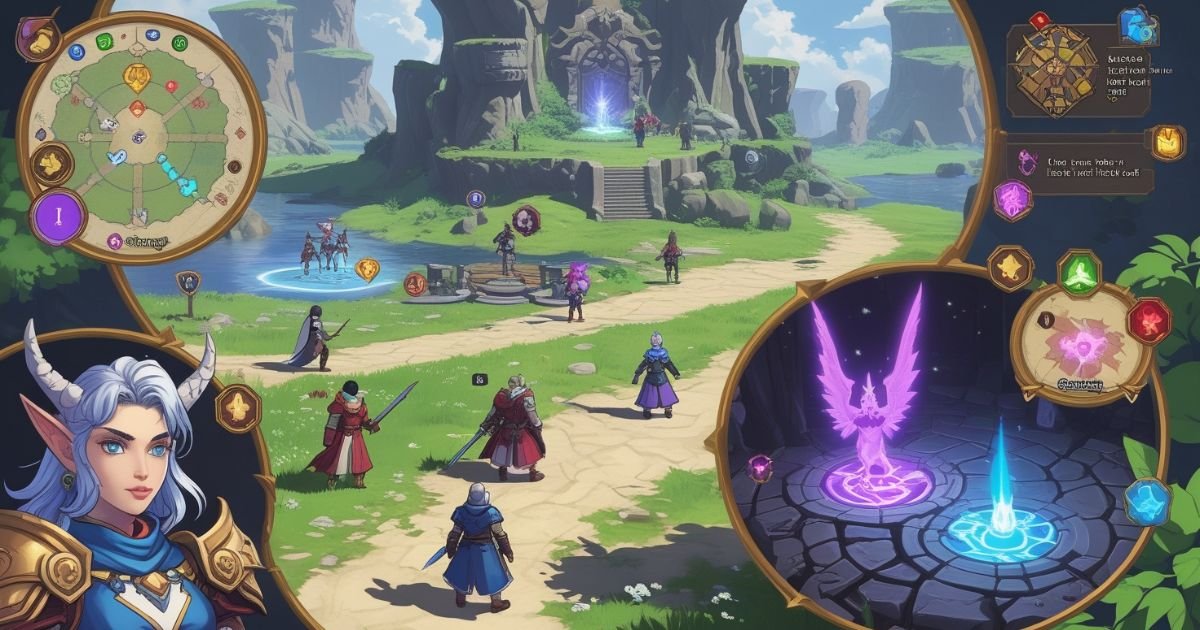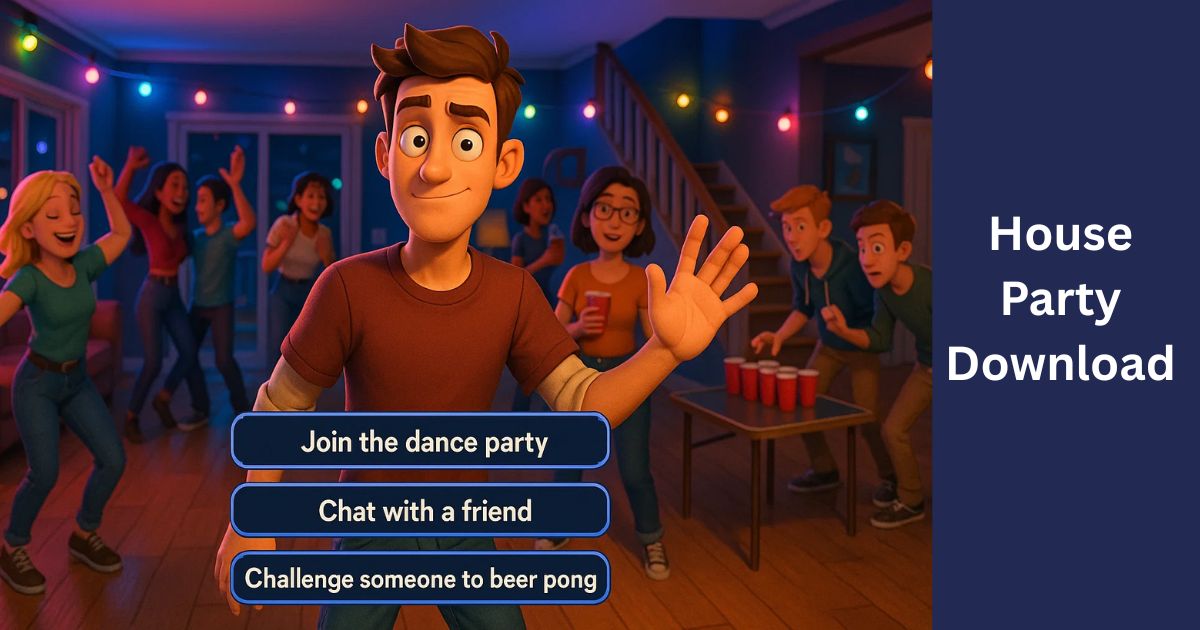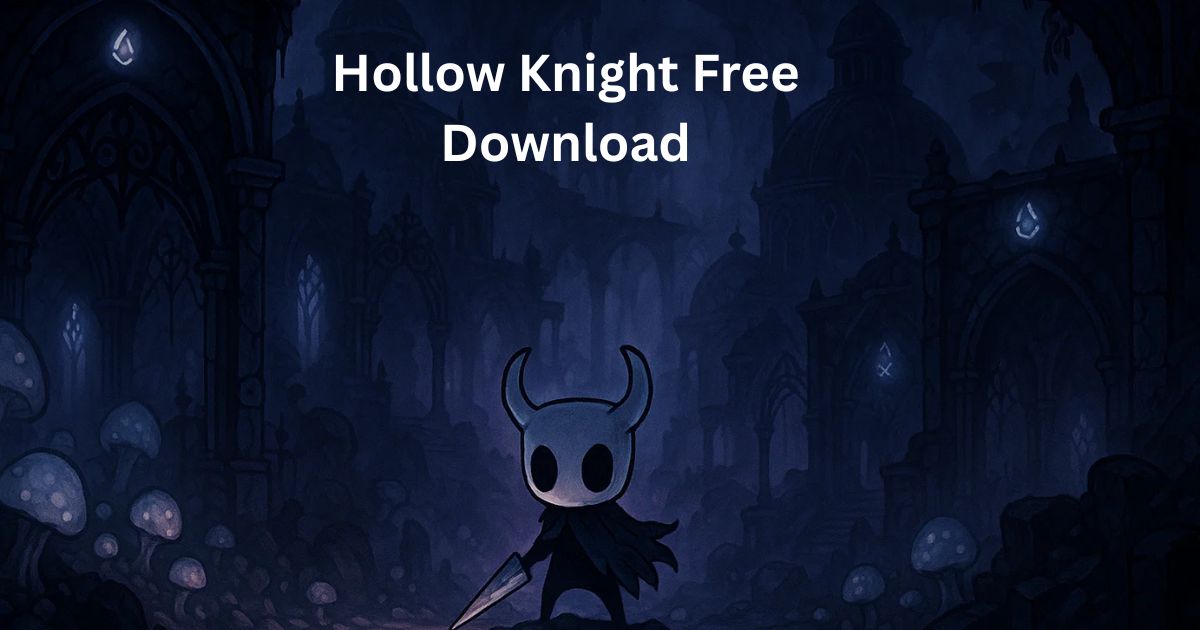Attack on titan revolution Trell board has been critical both for the developers and the fans. The goal is to organize and dispatch the production workflow in the development of this highly anticipated fan-made project. Why fans need it is to be the first, not to miss the train of history, to try and keep up with collaborative efforts for an ambitious big project—therefore, the Attack on Titan Revolution. The following blog post will expound on the depth of the Attack on Titan Revolution Trello board by coming up with retractions of features and functions, together with how it is going to help in facilitating this development process.
Table of Contents
What is the Attack on Titan Revolution Trello Board?
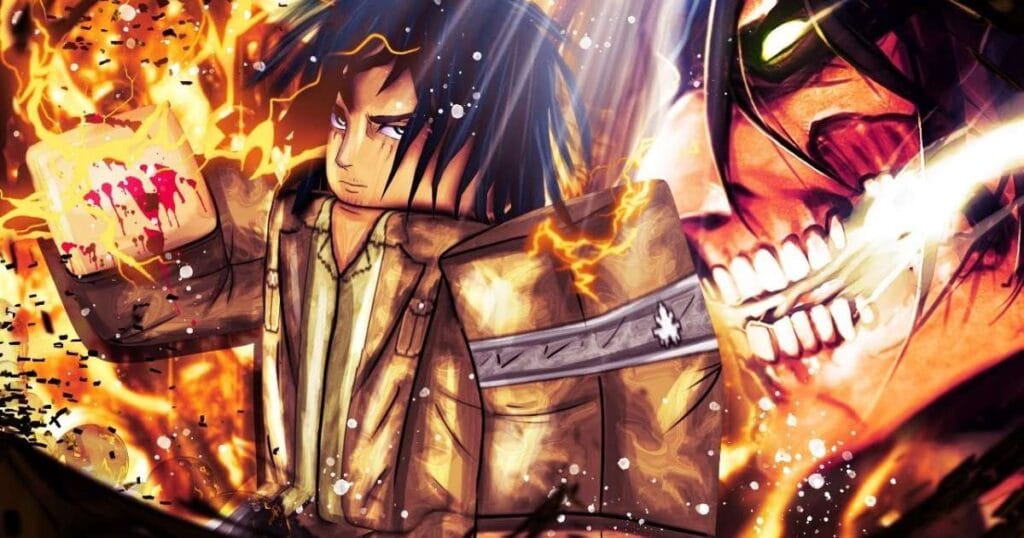
One of the more pervasive tools for managing projects out there has to be Trello. It functions with boards and cards to help teams organize tasks, track progress, and manage their workflow. The Attack on Titan Revolution Trello board would simply be making a Trello board solely for the development process of any fan game or other project related to the Attack on Titan series. That would be a base or plan to bring into life the universe of this rather well-known manga and anime with a unique and captivating experience beaming across the faces of all fans.
Key Features of the Attack on titan revolution Trell
1. Board Structure:
These different lists in the Trello board for Attack on Titan Revolution represent the different stages of development for the game. A few of the usual lists in a Trello board would be titled something like “#” To Do, “‘ In Progress, “‘ Under Review,'” and “‘Completed’.” It still preserves the capability for seeing things visually move from one place to another, so one would know when they move from one list to another and aids in ensuring all aspects are covered in terms of completion of the project.
2. Cards:
Every task or item on the Trello board is represented as a card. In most cases, these cards are detail-rich and may contain particular descriptions of some tasks, checklists of items to be completed, dates when the tasks must be done, attachments, and spaces for comments. For example, one card contains information about a certain feature to be developed, steps on how to achieve that, and a space for discussion among the team members about it.
3. Labels and Tags:
Cards may further be labeled to sort the given set of tasks. Of course, cards can be sorted according to priority levels, like “High Priority,” “Medium Priority,” or “Low Priority.” They also can be marked by type, such as “Graphics,” “Gameplay Mechanics,” or “Sound Design,” so that when team members look at these, they will know easily which tasks pertain the most to their roles.
4. Assignments and Due Dates:
Trello provides options to assign the members of a team with specific tasks so that accountability and clear responsibility for the same are available. Due dates for each card can be set to manage deadlines and to keep on top of project work, finishing on schedule. This feature is very useful in keeping coordinated efforts and a continuous workflow.
5. Attachments and Links:
Cards can have attachments for design documents, concept art, or snippets of code. All this, when pulled together in one place, makes it that much easier to find all the information you could ever need to do your task. One is also at liberty to add links to external resources or other references.
How the Attack on titan revolution Trell Facilitates Development
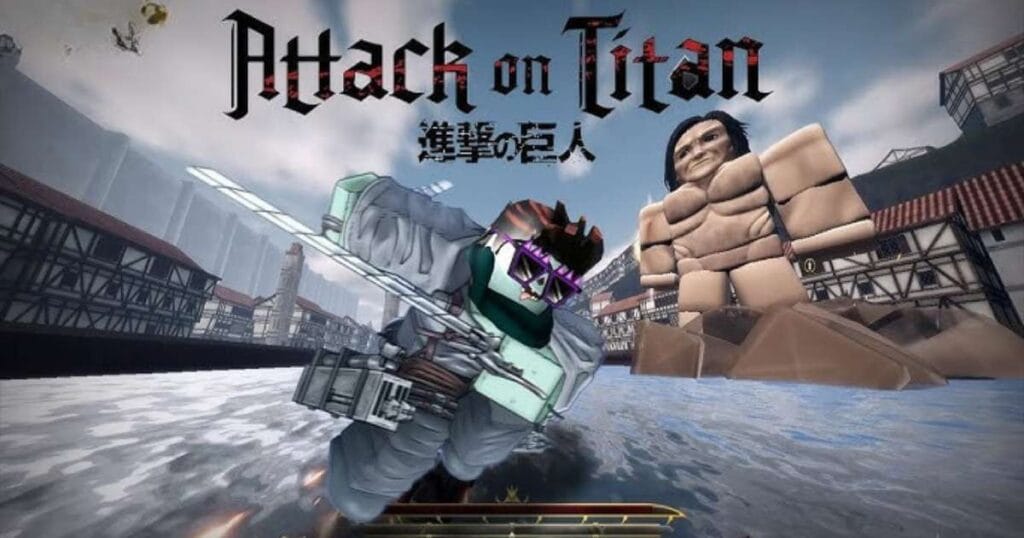
1. Enhances Communication and Collaboration:
Communication is the primary feature that Trello has built for project management. Any team member can directly comment on a card for a question and give an update regarding it. All this real-time communication will be very helpful in addressing the issues quickly and being on the same page.
2. Improves Organization and Efficiency:
Due to its visualization and structured approach, Trello enables effective planning and tracking of tasks. The board and its lists and cards will ensure that the tasks are well-defined and assigned, which helps in managing workload and will not let any tasks fall through the cracks.
3. Provides Transparency:
The status of the project is reflected on the Trello board. Any stakeholder, whether a fan or team member, can thus easily get an idea of what has been done, what is being done, and what remains to be done. There is transparency built that gives way to trust and keeps the relevant people updated as regards the progress of the project.
4. Facilitates Agile Development:
What makes Trello so adaptive to any development methodology is that stakeholders can move cards between lists, change priorities, and have ease keeping pace with requirement change as it evolves. What is more valuable is having this flexibility in a project such as Attack on titan revolution Trell, where new ideas and feedback could be added to its improvements iteratively.
Practical Tips for Using the Attack on titan revolution Trell
1. Regular Updates:
Updating the board with how far a project has gone has a lot to do with what is going on. Cards have to be moved from list to list as activities are taken up, adding tasks to checklists, and due dates in a situation where they are modified. Regular updating helps in keeping the board relevant to its purpose of following the development.
2. Clear Task Descriptions:
Create detailed descriptions on the card while generating cards for tasks. Attach all necessary and relevant details like objectives, requirements, several files, and references. Clear details reduce miscommunication and errors in task execution.
3. Utilize Labels and Tags Effectively:
Make effective use of Trello’s labeling facility in a way that tags and priorities can be set for various tasks. Where such labels are consistently used, they allow the identification of tasks needing attention very fast, and work can be organized in terms of different criteria. For example, since it is possible to separate labels into areas like “Gameplay,” “Art,” and “Sound,” one gets a clear overview of how to handle his or her tasks.
4. Foster Team Collaboration:
Let the team members be encouraged to use the ‘comments’ section of the board for questions, feedback, and updates. More than improving communication, the quality of the overall project is enhanced. The more would be the impact, the more a team would use collaboration tools.
5. Regularly Review and Adjust:
Once in a while, step back to review the progress of the whole project on the Trello board. In this way, one will be able to point out which areas are bottlenecks or require an additional eye, probably even more resources. On the bright side, this is also a time to celebrate tasks being completed and to acknowledge the efforts made by the team.
Conclusion
The Attack on Titan Revolution Trello board is so much more than a simple project management tool; it’s the hub where organization, tracking, and collaboration on one of the most promising fanmade projects in gaming come together. Armed with best practices, the development team can ensure that workflow management, good communication, and everything that keeps moving on the project are at a good pace using what Trello offers.
As the Attack on titan revolution Trell project grows and develops, the Trello board shall remain the key to success. Be it a fan who just wants to keep up-to-date with the development of a project or a team member who gives his all in doing so, an effective way of knowing and using a Trello board will help bring to life even more of the world of Attack on Titan.
Read Also:
